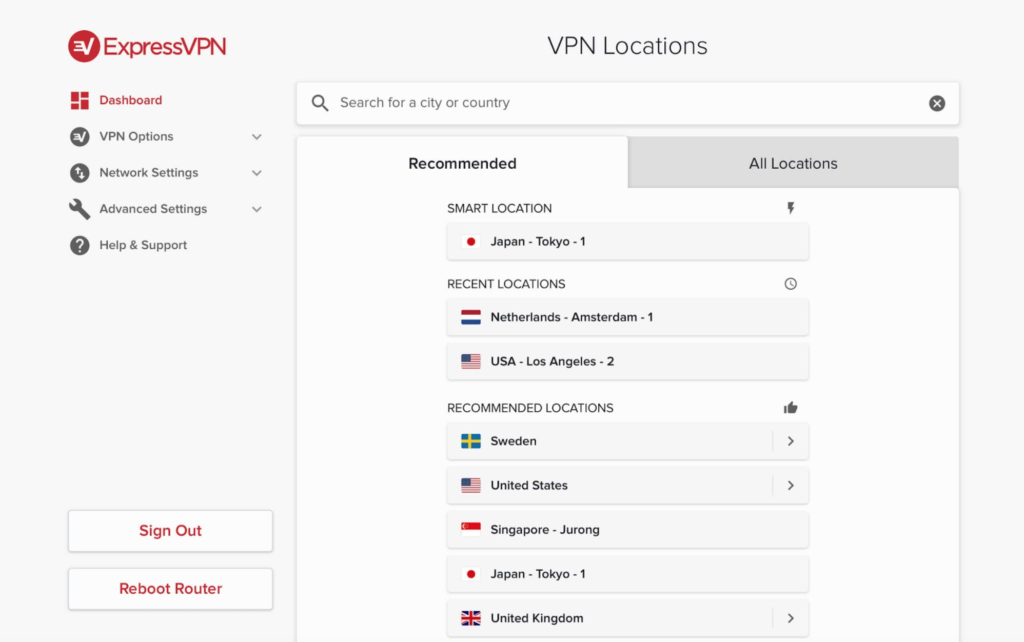While not perfect, ExpressVPN is a great place to start or continue your VPN journey. While certain VPN providers offer a two-year or even three-year pricing bundle, which means cheaper monthly pricing overall (albeit charged in one hit), ExpressVPN splits the difference between monthly and annual payments with a six-month option. The value isn’t flash for the six-month option, though – particularly given it’s five dollars more expensive than a NordVPN annual subscription – so, as is the VPN pricing trend, there’s more money to be saved by buying for the longest purchasable period of time. As you’ll see in the table below, sticking with the annual option offers the best overall value. There are odd times when connecting to a VPN server gets stuck but, generally, ExpressVPN connects fast enough to not interfere with uptime-dependent online activities like music streaming, which isn’t always the case with Hotspot Shield. Old rival NordVPN comes out second best when it comes to disconnecting, too, with ExpressVPN offering a one-tap connect/disconnect button that’s impossible to miss. Meanwhile, NordVPN has you reaching for a smaller connection button and dealing with a drop-down menu when you just want to disconnect. At the time of writing, ExpressVPN offered a healthy number of servers (3,000+) in a wide range of countries (94, second only to PureVPN), which offers great versatility. The only disclaimer there is, of our top five VPNs, ExpressVPN has the second-lowest server count, so while the country count is second, more servers in popular countries tend to mean faster overall speeds and reliable uptime. Prior to the recent update, ExpressVPN was a little less straightforward on the app/software side of things compared to NordVPN. Nowadays, ExpressVPN has embraced the ease-of-use lessons of NordVPN and simplified things with a smart server recommendation based on your location, alongside a simplified short list of recommended server options. You can search for countries or cities that aren’t listed or scroll through alphabetized server locations by country. Once you’re connected, there’s a handy ‘Check my IP’ button to confirm your internet is being properly routed. As for which devices are officially supported by ExpressVPN, check out the full list below: Check out the table below to see which popular US and Australian streaming services work with ExpressVPN. There’s also a Smart DNS service and, if you don’t know what that is, you can learn more about it by tapping into what’s by far the best not-so-hidden gem of ExpressVPN: guided support. There are tonnes of guides available on the official website to help with connecting devices or other troubleshooting issues. It helps that a lot of them have corresponding videos, too, to make life even easier. ExpressVPN is slightly slower to connect and had slightly slower download speeds overall, but the latency is faster when connecting to the US and the upload speeds are measurably improved. NordVPN was also unable to access Kayo via an Australian VPN server, no matter which one we switched to, whereas ExpressVPN had no problems. ExpressVPN is also compatible with a wider range of devices even if NordVPN allows for one more concurrent connection (six vs five).
